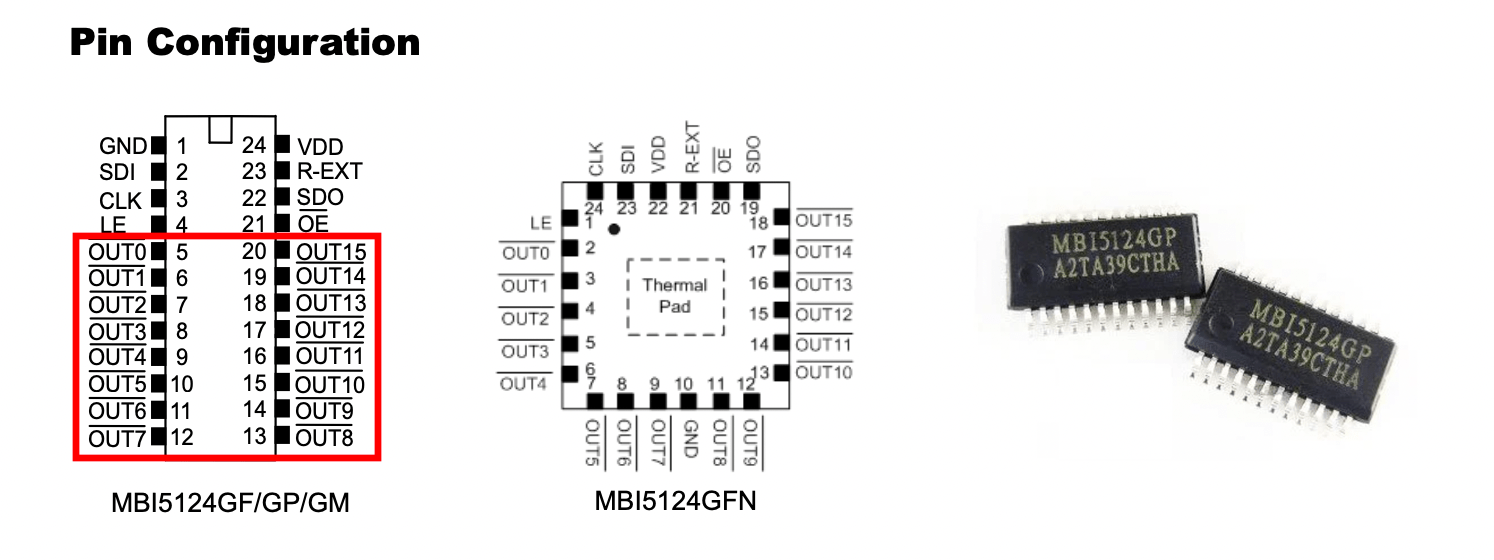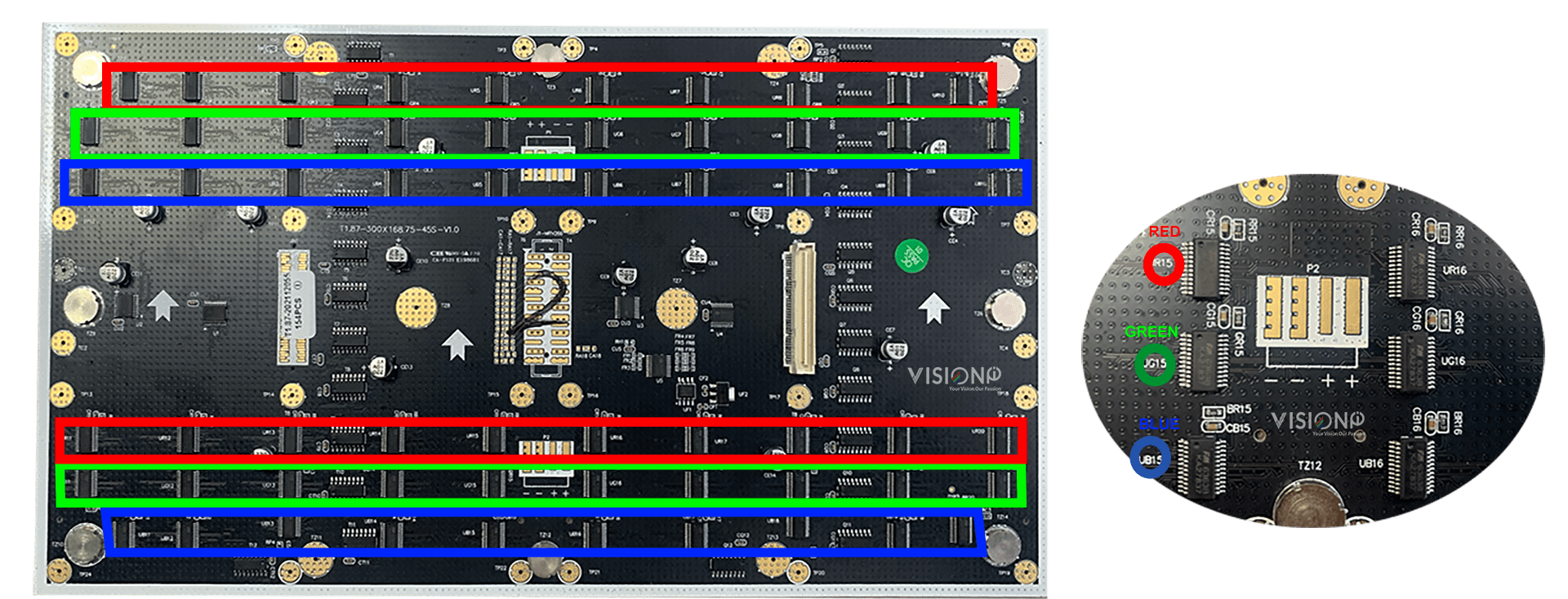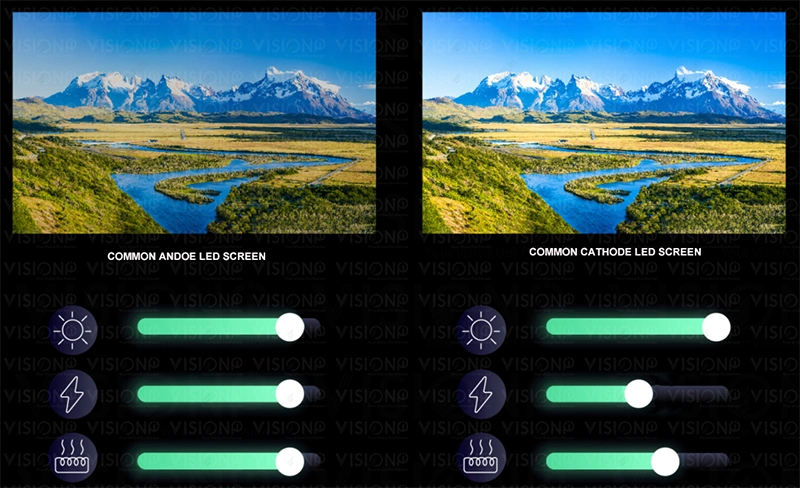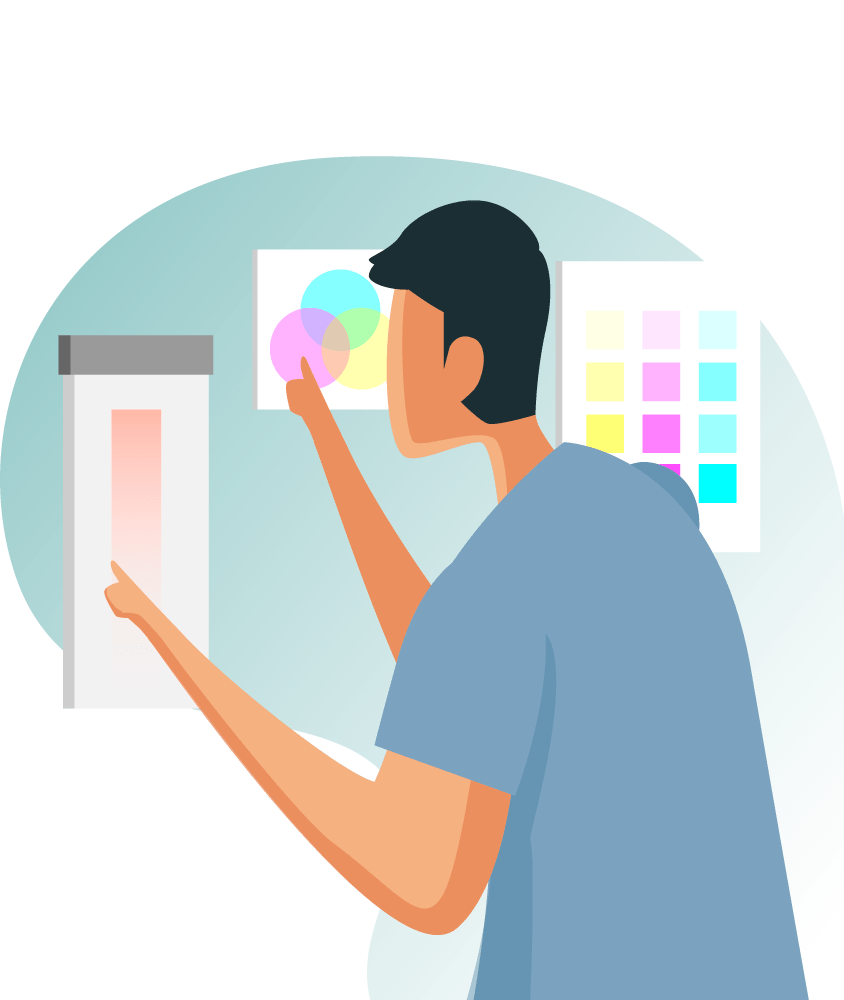Carbon fiber LED Display
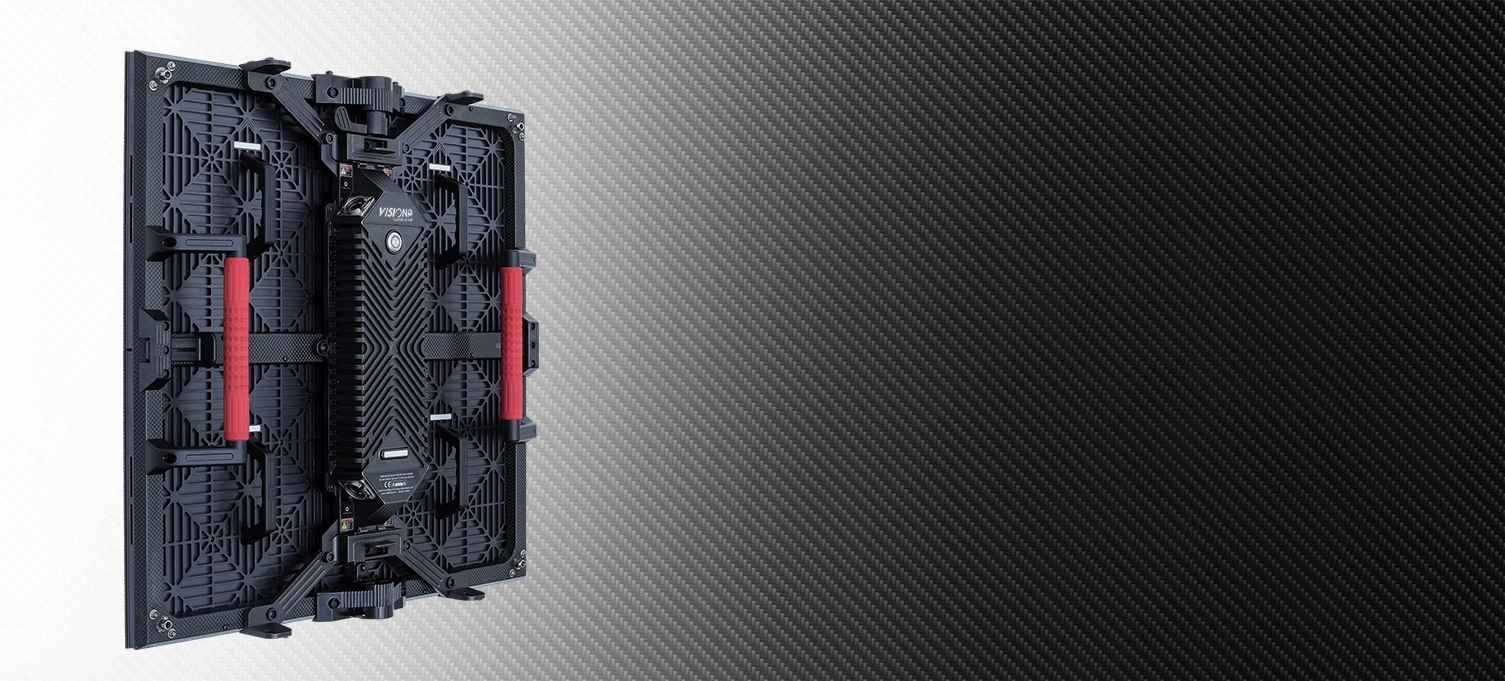
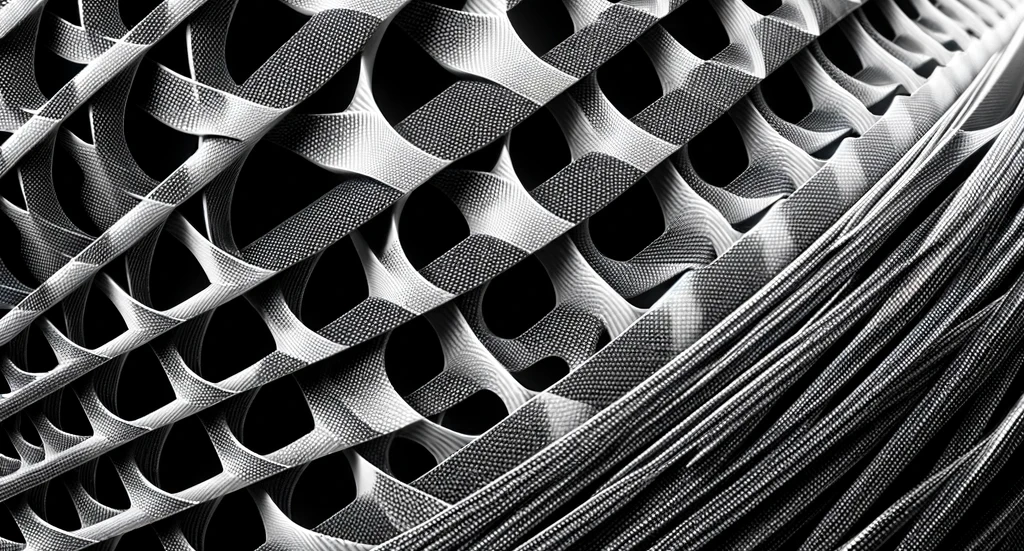
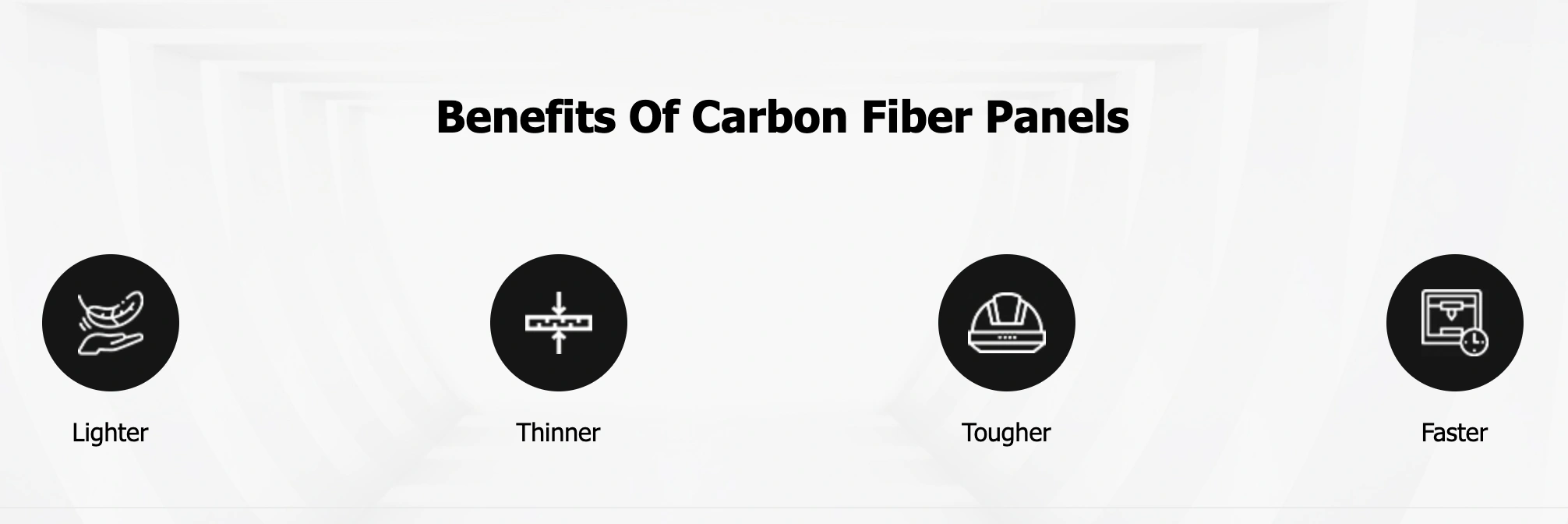
- Available in 1.5, 1.9, 2.6, 3.9 and 5.2mm pixel pitches
- Front-serviceable
- Lightweight carbon fiber construction
- Compatible for hanging, wall mounting or free-standing installations
- Display size: 500 x 500 mm
- Available in bendable modules for curved installations
Benefits of Carbon Fiber LED Display
Lightweight and Portable: The standout feature of carbon fiber LED displays is their weight—or lack thereof. This reduction in weight translates to easier transportation and installation, particularly for temporary setups such as events or concerts, where speed and flexibility are crucial.
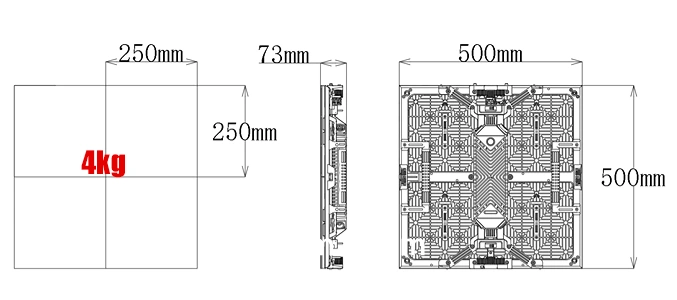
Durability: Carbon fiber’s resistance to corrosion, impact, and extreme weather conditions means that LED displays can last longer and require less maintenance, even in harsh outdoor environments. This durability also translates to cost savings over the lifespan of the display.
Energy Efficiency: Better heat dissipation is another hallmark of carbon fiber LED displays. Efficient heat management not only prolongs the life of the LEDs but can also contribute to lower energy consumption, making it an eco-friendlier option.
Aesthetic Flexibility: With its sleek and modern look, carbon fiber can provide aesthetic advantages, allowing for more innovative and visually appealing designs in digital signage.
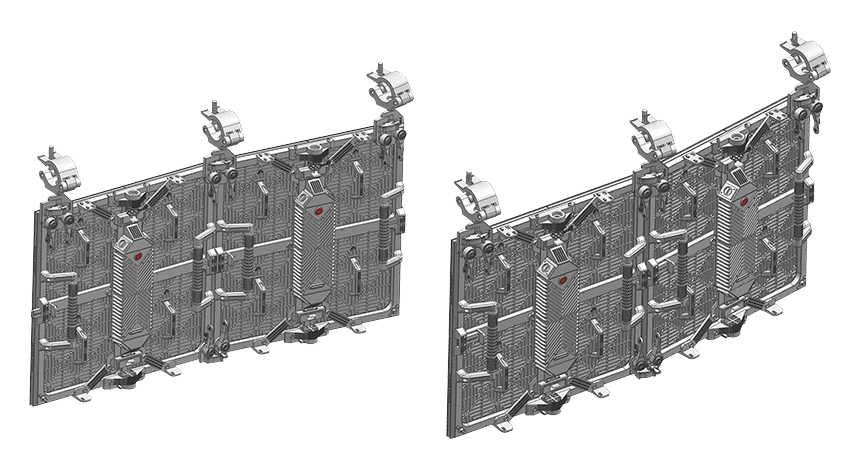
- LED configuration
- 4in1 common cathode
- Pixel Pitch
- 1.56mm
- Cabinet Resolution
- 320×320
- LED Cabinet Size(WxHxD)
- 500x500x73mm
- Viewing Angle
- 140°H/110°V half brightness point
- Max. Brightness Calibrated
- 1,200nits
- Cabinet Material
- Carbon Fiber
- Cabinet Weight
- 4.95kg
Applications of Carbon Fiber LED Screen
From towering billboards to dynamic stage backdrops, carbon fiber LED displays are finding their niche. Their lightweight nature makes them particularly suited for mobile advertising platforms and temporary installations. Moreover, their durability and efficiency open new possibilities for outdoor advertising, sports arenas, and exhibitions, offering both practical and environmental benefits.
Challenges and Considerations
Despite the many advantages, the adoption of carbon fiber in LED displays is not without challenges. The initial cost can be higher than traditional materials, and specialized manufacturing processes are required. However, as technology advances and production scales, these obstacles are gradually being overcome, making carbon fiber more accessible and cost-effective.
Future Outlook
The potential for carbon fiber in the LED display industry is immense, with ongoing research and development hinting at even greater advancements. As manufacturing techniques evolve and costs decrease, we may see carbon fiber becoming the standard for digital signage, pushing the boundaries of what’s possible in design, efficiency, and functionality.
Conclusion
Carbon fiber LED displays represent a significant leap forward in digital signage technology, offering unmatched benefits in terms of weight, durability, and energy efficiency. As the industry continues to innovate, the adoption of carbon fiber could revolutionize how we think about and use LED displays, making them more sustainable, versatile, and visually striking. The future of digital signage is light, durable, and bright, thanks to carbon fiber technology.

